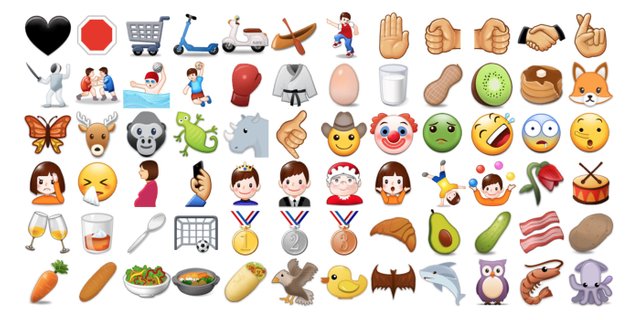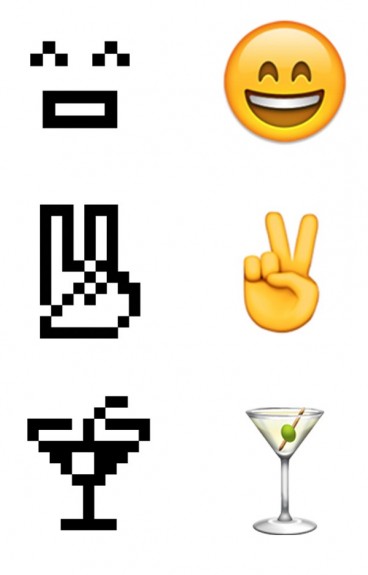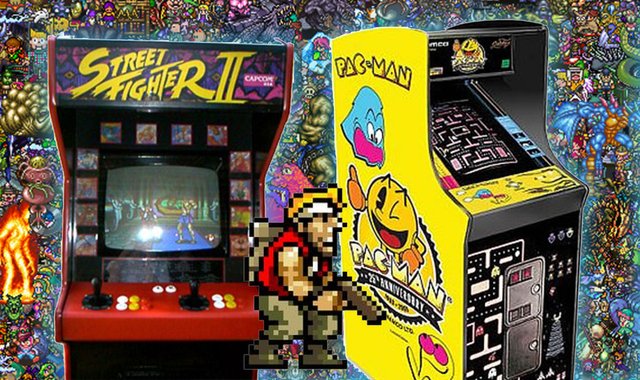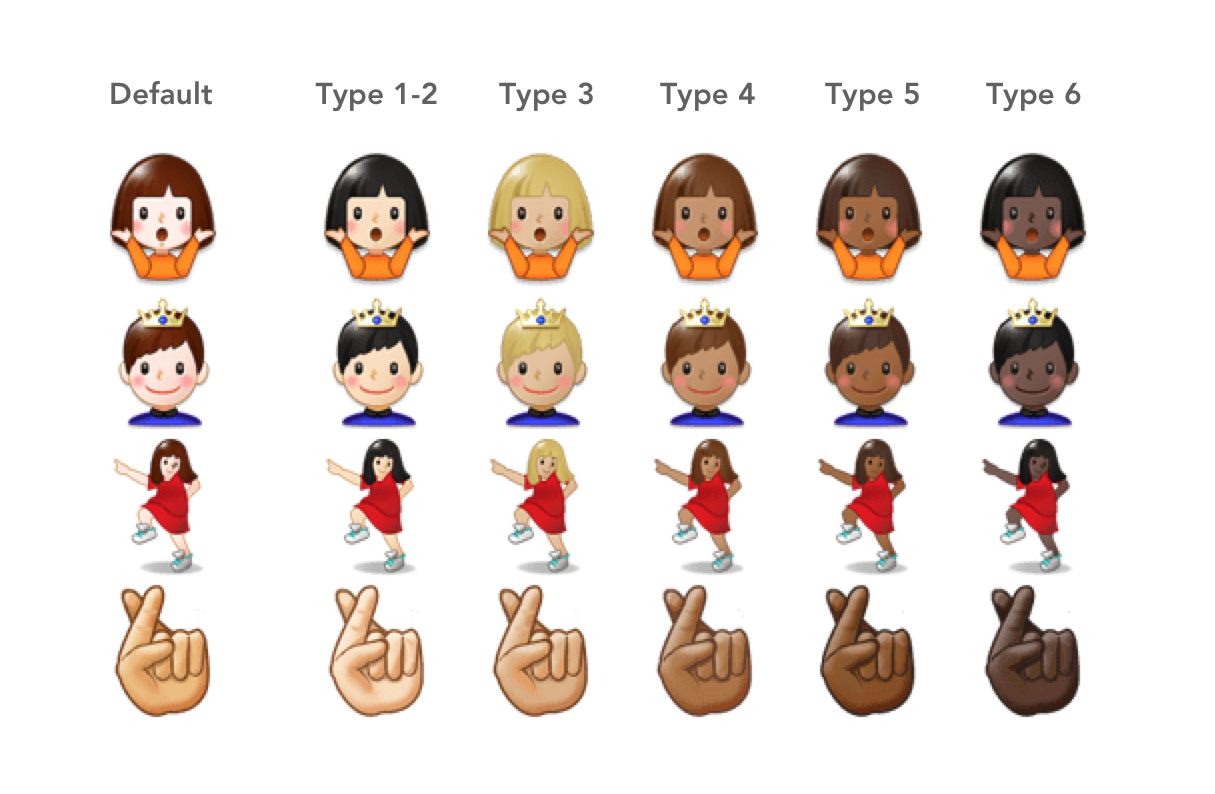Emoji 😊💩👱♀️🏃♀️👫👍🤳💋💖🐱🐓🐞🌻🍌🍺☕🍕🍟🍦🎉🎄🎁⛅🎶

Emoji
Is the Japanese term for emoticons used in e-mail messages and Japanese web pages, which are now spread all over the world.
Originally meaning pictogram, the word emoji literally means image + letter.
These characters are used in the same way as ASCII emoticons, but there are more characters and the icons are standardized and integrated into the devices.
Some emoji are very specific to Japanese culture, such as a man prostrate to apologize, a face wearing a surgical mask or an emoji group representing typical food: ramen noodles, dango, onigiri, Japanese curry, sushi 🍣🍱🍤.
Although originally from Japan, some emoji character sets have been integrated into Unicode, allowing them to be used anywhere in the world. As a result, some smartphones equipped with Android, Windows and iOS can use these characters even without connection to a Japanese network. The emoji also started to appear in email services like Gmail, Outlook but also in social networks such as Facebook, Twitter or Tumblr.

They are available in some SMS applications for Android and IOS. They are also found on PC, they are integrated into Windows from Windows 8.
Emoticons, different from emoji, are supported by the Unicode/U1F600 character table, the various symbols being on the Unicode/U2600 character table.
History
The first emoticons were found in evangelical manuscripts of the 18th century and then reappeared in the 1970s in some video games.


The first emoji were created in 1998. The first set of 172 emoji 12x12 pixels was designed as a specific feature of i-mode messaging, to facilitate electronic communication and to distinguish it from competing services. The use of emoji is constantly increasing. It seems that 4.6% of the messages we exchange on the internet contain at least one emoji.
Using Emoji
The use of emoji informs the identity of the users and plays a role in the construction of identity online through their design.
Communities and groups do not use the same emojis. The SwiftKey report on the Emoji that dates from 2015 deals with more than one billion emoji to understand how they are used by users in 16 different regions and languages. The analysis shows that one could almost recognize the nationality of a user from the emojis used.
While most emoji have a universal scope, their frequency of use varies significantly from one country to another. For example, in the French context, according to the study, the use of "heart" 💖 and "marriage" 👰🤴type emoji dominated whereas in the United States, the "Female-oriented" 👭 type emoji, "Royalty", "Tech", "LGBT" and "meat" 🥓🍗🍖 are the most used.
In 2015, version 8 of the Unicode standard introduced emoji modifiers to better represent human diversity, particularly with respect to skin colors. Unicode reuses with some emoji the method of diacritical characters combining (like accents), based on Fitzpatrick's classification for skin colors.

This info might come in handy on a weekend camping trip when an awkward moment of silence lingers, BAM! Drop any line from lndesta120282's post on emoji's. Awkward no more.
Btw fun fact, I remember when Street Fighter II Turbo was released on SNES...it was $99 =O
As you mentioned "most emoji have a universal scope". its good in different culture emoji have different expressions. Thanks for sharing such valuable information.
Stunning and amazing emojis.
Thanks for wonderful sharing @indesta120282.
I have used emoji for so long. But today I know about emoji. thank you